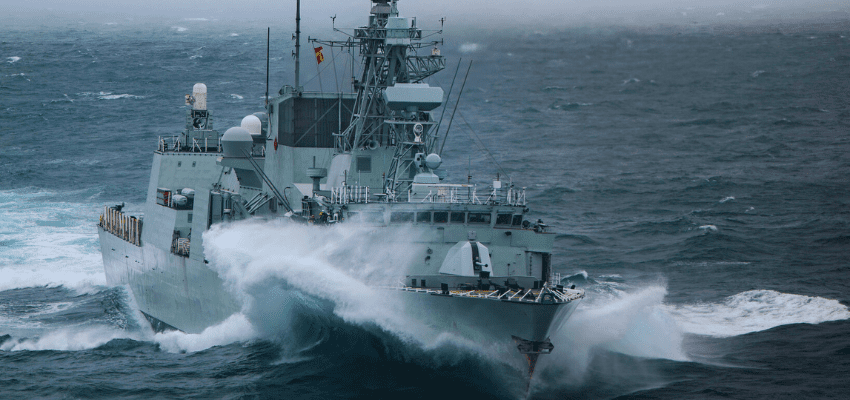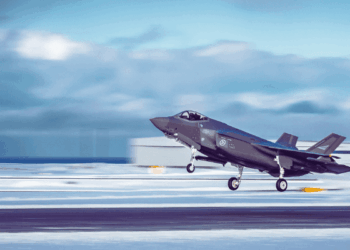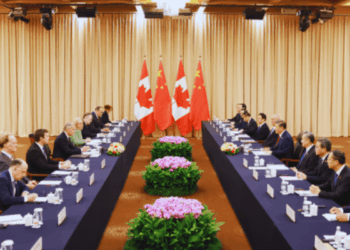This article originally appeared in Foreign Policy. Below is an excerpt.
By Matthew Bondy, September 25, 2025
In September 2021, Russia and Belarus launched Zapad (or “West”)—a massive military exercise on NATO’s eastern flank, near the borders of Lithuania and Poland. It included around 200,000 troops, 80 aircraft, 300 tanks, and 250 artillery pieces simulating how they would defend a hypothetical NATO invasion of Belarus. The arms buildup provided cover for Russia’s real intention: preparing for its full-scale invasion of Ukraine just months later, in February 2022.
So when Russian drones violated Polish airspace on Sept. 10—just ahead of Zapad 2025 exercises—NATO allies rushed to the skies. Dutch and Polish fighter jets took out the drones that had crossed the border—momentarily bracing for war. Last week, Russia again broached NATO’s borders: Romanian officials detected a Russian drone in their skies on Sept. 14, and a few days later, Russian fighter jets briefly entered Estonian airspace before NATO mobilized to intercept them.
Although the alliance reacted effectively to Russia’s latest provocations, the episodes should give NATO pause. It may not be as well positioned to address such Russian actions if they occurred near its soft underbelly: Canada.
***TO READ THE FULL ARTICLE, VISIT FOREIGN POLICY HERE***
Matthew J. Bondy is CEO of Bondy & Associates, and a senior fellow with the Macdonald-Laurier Institute and the Centre for North American Prosperity and Security.








